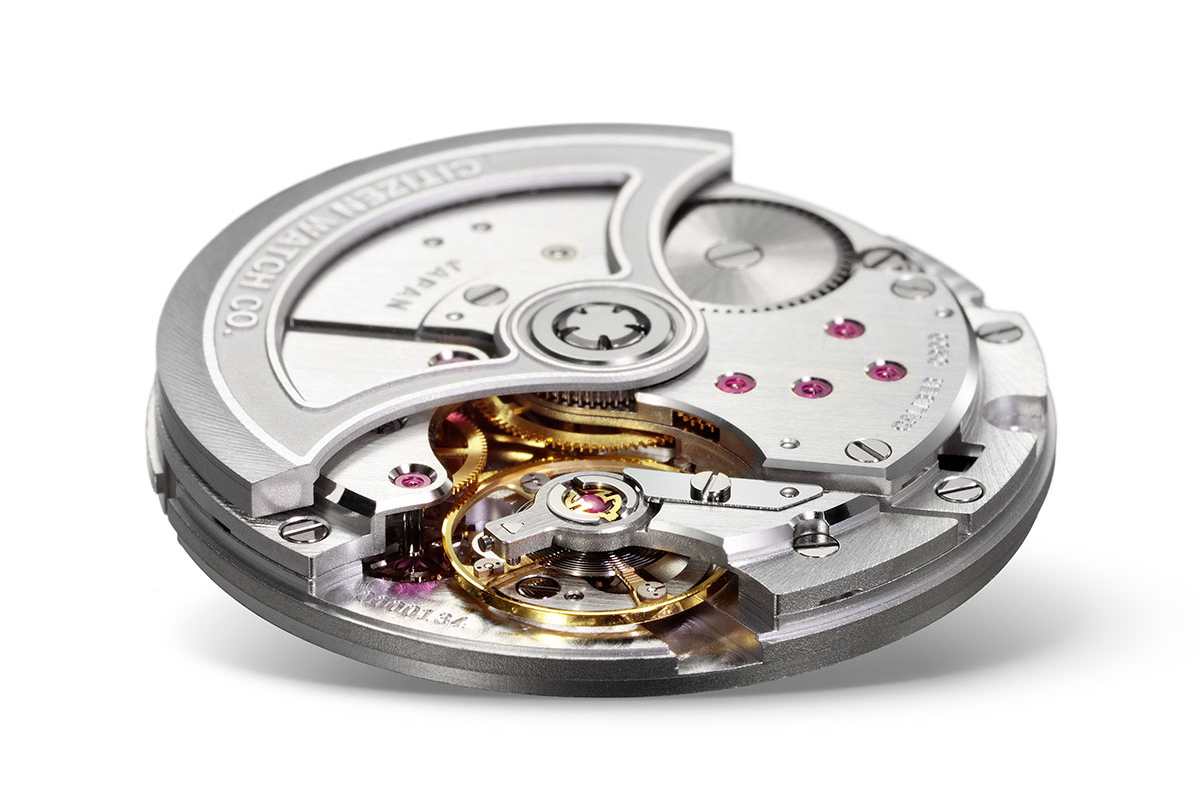
The watch is one of those tools that today we take for granted, we keep it firmly on the wrist with ease not realizing how much actually what we believe today can be a simple accessory, has actually revolutionized our lives, going to mark hour after hour, minute after minute the passing of our days, giving us the opportunity to be able to portion, going to define what is the passing of time.
The watch we can safely and simply describe as an instrument that indicates the time, the same instrument that measures the passage of time.
Essentially, it consists of an engine that, thanks to any kinetic control, is able to indicate inside what is known as the quadrant, the time spent and define the moment in which we are inside the elapsed time.
There are different variants of the same machine, there are different constructions and different ways of engineering the movement mechanism, but the ultimate goal is always to mark time, which today we take for granted, but this puts us in a position to live our lives in a perfectly punctuated, what in the era in which this machine had not yet been invented, could be measured thanks to the only object able to scan the time within our days, the sun and its position.
The need to measure the passage of time has always been a necessity since ancient times.
Man has always sought, in the various ages, a way to mark time, so that he can organize his life and that of others, and therefore the technological inventions in this sense were in continuous progression, starting from the first sundial, a simple pole sunk partly in the ground, that thanks, and because, of the shadow reflected on the ground, because of the light projected by the sun you could have a feeling of the passing of time, this was perhaps one of the first ways in which man began to trace time, from there he set out on a continuous search for the exact precision, pushing his abilities further and further in search of an ever more meticulous precision, and then went to the hourglass, a logically simple object, the first, were the water ones, which thanks to the passage of water in a controlled way from one vessel, to another, it was possible to quantify the time spent.
The water was replaced by sand, but the principle remained the same.
During the Middle Ages the first mechanical watches were invented there, which we can still admire installed on some of the finest bell towers around the world including: Milan, Paris, London, Prague and so on, so much so as to establish a real movement of artistic watchmaking.
The watch was now in common use, albeit in the public domain, installed in large squares and places visible to all.
One of the most famous and renowned clocks there is obviously the bell tower of the cathedral of Messina, in Sicily, 48 meters high at the Tower.
Built around 1930 by a company in Strasbourg at the behest of Archbishop Pagliano, the clock of the Cathedral of Messina has many automata of mechanical type that recall the most important moments in the civil and religious history of the city, and that they take life every day at noon.
At the time of the bell towers, the clock found its correct and more precise way of working, arriving at us and at the modern era almost completely devoid of substantial mechanical changes, today, when we wear a mechanical type watch, we wear practically the same technology that exploited at the time the clocks mounted on the bell towers, certainly reduced, obviously more technologically precise, whose meticulous work makes it almost ballistic, if not even surgical, but the principle remains the same.
The migration from a tower 45 meters high to our wrist happens progressively, passing through watches from pocket watches to finish with what is now considered a status symbol, a wristwatch.
Having come to us from ancient times, this wonderful timepiece machine has undergone several evolutions both of technological and engineering type, and thanks to brands that have in the era of the technological revolution the world of watchmaking such as: Cartier, Citizen, Bulova, Seiko and many other brands of undisputed prestige and high historical caliber revolutionizing movements and maximizing precision.
There arises spontaneously mention the famous mechanisms brought into vogue by companies like Citizen with its eco-drive or Bulova with the watches that have made history by putting records on records such as the lunar pilot and the oceanographer, and we like to mention the fact that the lunar pilot was the watch that accompanied the Apollo missions.
During this period of high evolution it is right to communicate that in addition to the precious mechanical watches and certainly accurate quartz watches there are also innovations on the way to communicate to us the time spent, innovations that are based on the dial itself, moving from analogue watches to digital watches with pixel matrix dials.
In conclusion
The watch may seem to many to be a substantially simple machine, but it is not entirely accurate among the claims as the technology that moves a watch must be so perfect to be complex, also because a watch cannot be allowed the slightest error, today as already said in the past we take for granted the existence of what we consider an accessory, but that in reality is indispensable for the passing of everyday life, in all its parts, being this intrinsic object in our days, just think that we find it everywhere, starting from our wrist, on smartphones, personal computers, refrigerators, ships, planes, trains, cars, trucks, on TV, cameras, and anything that surrounds our lives.